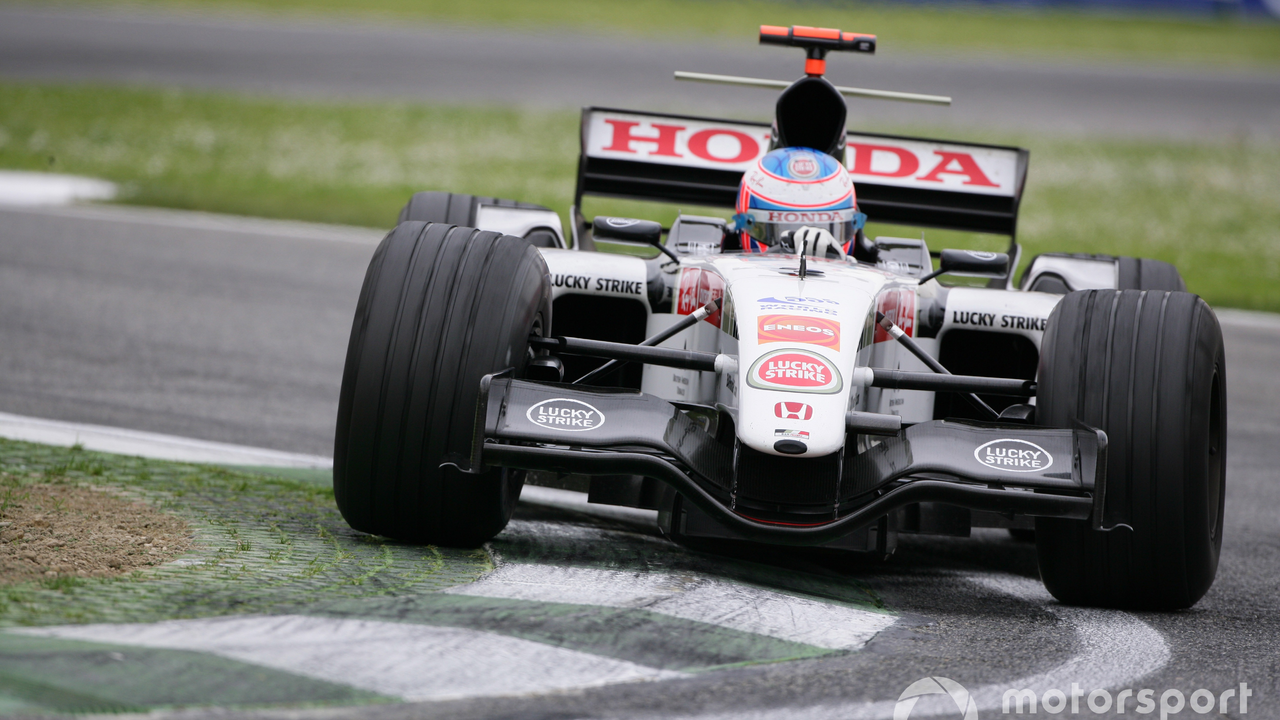Motorsport Strategy: How Winners Plan Their Moves
Ever watched a race and wondered why some teams seem to know exactly when to push and when to hold back? That’s strategy at work. In motorsport, success isn’t just about raw speed—it’s about timing, positioning, and making the right calls under pressure. Below are real‑world tactics you can see in action across rally, NASCAR, IndyCar and other series.
Know the Track and the Conditions
Whether you’re on a tight street circuit or a gravel rally stage, the surface decides a lot of the plan. Drivers who study corner radii, braking zones and grip levels can brake later and carry more speed. For example, rally crews constantly check weather updates because a sudden rain shower can turn a dry line into a slip‑n‑slide. Adjusting tire pressure or switching to wet tires at the right moment can save seconds that add up to a win.
Manage the Car’s Resources
Fuel, tires and brakes are limited, so teams must balance aggression with preservation. In NASCAR, ‘rubbing’—light contact between cars—can be a way to nudge a rival off the ideal line, but too much contact risks a crash and a costly pit stop. Smart drivers use short bursts of pressure to force opponents into an early tire change, then take the lead on fresher rubber. The same principle applies in IndyCar, where conserving fuel in the early laps enables a strong push at the end.
Another key is driver fitness. Race drivers are athletes; they train their necks, cores and reaction times to stay sharp for long stints. A well‑conditioned driver can maintain consistent lap times even when the car starts to feel heavy, giving the team a strategic edge.
Team communication also matters. Real‑time data from the car feeds the pit crew, who then advise the driver on throttle, brake and steering adjustments. In rally, a co‑driver’s pace notes act as a live strategy guide, telling the driver exactly when to brake, turn or accelerate.
Strategic pit stops are the classic gamble. Timing a stop to avoid traffic can net you clean air and faster laps. Some teams delay a pit on purpose, hoping a safety car will appear and let them pit for free. It’s a risky move—if the safety car never shows, you lose track position.
Ultimately, good strategy blends data, intuition and a bit of daring. Watching how top teams handle changing conditions, protect their equipment, and keep the driver at peak performance shows you that every race is a puzzle. By breaking down each piece—track knowledge, resource management, driver fitness, and pit timing—you can see why some racers consistently end up on the podium.
Next time you tune in, try spotting these tactics in real time. Notice when a driver holds back on a tire‑heavy stint or when a team calls an early stop to avoid traffic. Those tiny decisions add up to big results, and that’s the heart of motorsport strategy.
Motorsports Analysis

Why doesn't BMW compete in F1?
Hey there speedsters! Ever wondered why our flashy friend BMW doesn't strut its stuff in F1? Well, it's a mix of strategy and some serious moolah matters. BMW, like the cool kid in school, prefers to march to its own beat, focusing on its core business and consumer market rather than the pricey playfield of F1. Plus, their involvement in other motorsports like DTM and Formula E is where they believe they can have more fun and make a bigger impact. Talk about keeping your eyes on your own paper, huh? Don't worry though, BMW still knows how to put the "vroom" in your ride!